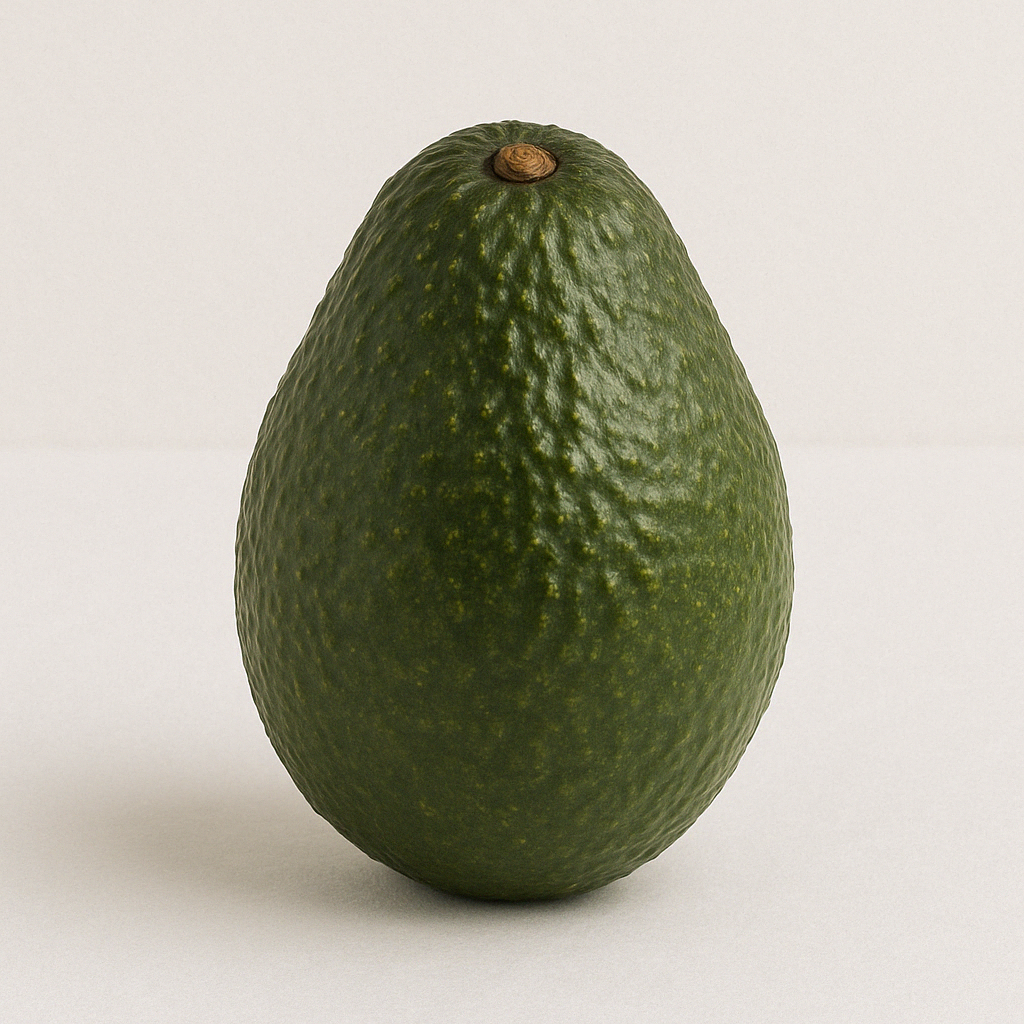About this market
About
History
Avocado cultivation in Mexico dates back thousands of years, with evidence suggesting the fruit was consumed by the Aztecs and other indigenous civilizations. The modern commercial industry began in the early 20th century, with exports expanding significantly in the 1990s after the US lifted restrictions on Mexican avocados in stages, starting with California in 1997 and opening nationwide by 2007. Since then, Mexico has dominated the global avocado market, with aggressive marketing campaigns such as “Avocados From Mexico”, which promotes the fruit in major markets, including the US and Europe.
Production Region
Mexico’s avocado production is highly concentrated in a few key states, particularly those with rich volcanic soil and favorable temperatures:
- Michoacán: The largest avocado-producing region, responsible for nearly 80% of Mexico’s avocado output. It has a unique climate that allows for year-round production.
- Jalisco: An emerging avocado powerhouse that has expanded exports, particularly to European and Asian markets.
- State of Mexico: A secondary producing area supplying both domestic and export markets.
- Nayarit & Morelos: Smaller but growing avocado-producing states benefiting from increased investment in modern farming techniques.
Growing Conditions
Mexico’s favorable environment allows for optimal avocado cultivation:
- Climate: Subtropical and temperate, with well-defined rainy and dry seasons.
- Temperature: Ideal range of 15-25°C, avoiding extreme heat or frost.
- Rainfall: 1,000-2,500 mm annually, supplemented by irrigation in drier areas.
- Soil: Volcanic, well-draining soil with a pH of 5.5-7.0, rich in organic matter.
Harvesting Process
Mexican avocados are harvested using precise methods to ensure quality:
- Maturity Indicators: Based on dry matter content and skin texture.
- Hand Picking: Avocados are manually clipped to avoid bruising.
- Post-Harvest Handling: Includes sorting, grading, and packing in temperature-controlled facilities.
Cultivation Method
Mexico’s avocado farming industry utilizes a mix of traditional and modern agricultural practices to maximize yields and maintain sustainability:
- Orchard-based commercial farming: Large-scale plantations in Michoacán and Jalisco focus on high-efficiency avocado production.
- Rain-fed and irrigated farming: While many farms rely on natural rainfall, drip irrigation is increasingly used to optimize water usage.
- Sustainable practices: A growing number of producers implement reforestation programs and biodiversity protection to counteract deforestation linked to avocado farming.
- Integrated Pest Management (IPM): Used to minimize pesticide use and promote ecological balance.
- GlobalG.A.P. and USDA Certification: Export-oriented farms comply with international quality standards to ensure access to premium markets.
Supply Chain
The Mexican avocado supply chain is well-developed and structured:
- Large Growers & Cooperatives: Dominated by organized producers with advanced technology.
- Export Companies: Work with farmers to meet global demand and certification standards.
- Smallholder Farmers: Many independent growers supply domestic markets or larger exporters.
Local Logistics
Mexico’s avocado logistics network is efficient and export-focused:
- Road Transport: Trucks deliver avocados from farms to processing plants and ports.
- Cold Chain Infrastructure: Extensive use of temperature-controlled storage and transport.
- Export Hubs: Key ports include Lázaro Cárdenas and Manzanillo, while land exports to the US use highways.
Regulations and Certifications
Mexico’s avocado industry adheres to strict quality and safety standards:
- USDA Phytosanitary Requirements: Compliance for exports to the US.
- GlobalG.A.P. and Organic Certifications: Required for premium and organic markets.
- Mexican Avocado Export Program: Oversees traceability and pest control measures.
Quality Standards
Mexican avocados must meet international grading criteria:
- Size & Weight: Standardized for export markets, with Hass avocados typically ranging from 150g to 350g.
- Skin Appearance: Must be free from major blemishes, scars, or decay.
- Dry Matter Content: A key indicator of ripeness and oil content, usually between 21-26%.
- Firmness & Texture: Exported avocados should be firm and unripe to allow for proper ripening in destination markets.
Trade Terms
Common terms for avocado trade from Mexico include:
- Minimum Order Quantity (MOQ): Typically 20 metric tons per shipment.
- Incoterms: FOB (Free on Board), CIF (Cost, Insurance, and Freight), and DDP (Delivered Duty Paid).
- Payment Methods: Letters of credit, wire transfers, and international trade financing.
Environmental and Social Impacts
The avocado industry in Mexico has both positive and negative implications:
- Deforestation Risks: Concerns over illegal land clearing for new plantations.
- Water Consumption: High water use in certain regions, raising sustainability concerns.
- Economic Growth: Provides significant employment opportunities in rural areas.
- Cartel Influence: Some regions face security issues related to organized crime involvement in avocado production.
Uses
Mexican avocados are consumed in various ways globally:
- Fresh Consumption: Used in guacamole, salads, and sandwiches.
- Processed Products: Avocado oil, frozen avocado pulp, and cosmetics.
- Culinary Applications: Increasingly used in smoothies, desserts, and vegan dishes.
Additional Information
- Mexico’s avocado exports surpassed USD 3 billion annually, with the US being the largest importer.
- The Super Bowl season drives peak demand for Mexican avocados in the US.
- Mexico continues to expand its avocado exports to Asia and Europe, diversifying its market reach.
Harvesting seasonality
Varieties
Hass
The leading export variety, known for its creamy texture, rich flavor, high oil content, and excellent shelf life.
Fuerte
A hybrid variety with smooth, green skin, popular in domestic markets and preferred by some regions for its slightly nutty taste.
Criollo
A native variety that is small and has a high oil content, primarily consumed locally.
Bacon
Green-skinned variety with a milder flavor and lower oil content, grown mainly for domestic use.
Production of 신선 아보카도 in 멕시코
Production overview
Production trend chart of 멕시코 신선 아보카도
Export of 신선 아보카도 from 멕시코
Export overview
Export trend
Export transactions from 2024
Major exporters of 멕시코 신선 아보카도 in 2024





Major importers of 멕시코 신선 아보카도 in 2024





Historical export price trends
Verified suppliers
/132x132/company-logo/24/a7/3a/24a73a4f4f1fb2c8901133fc2363710257a11dfe/IMG_7171.jpeg)
/132x132/seller-logo/ee/9e/11/ee9e11f2a4fea1e5ef75cb1e7802bd5b86a5536d/LOGO_FINAL_THE_GOOD_FAT.png)










